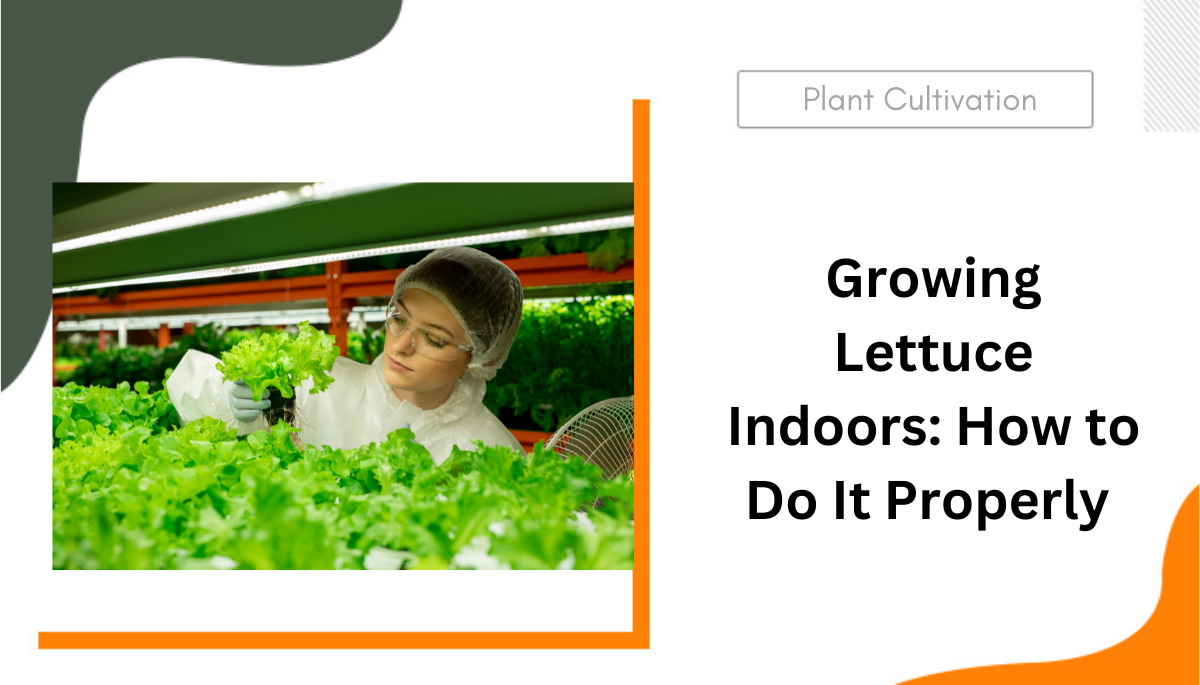How To Grow Lettuce Indoors With Hydroponics & Soil
Lettuce is loved by many people for its high nutritional value and rich content of vitamin A, vitamin A1, vitamin B2, calcium, and iron. Since people nowadays are more concerned about diet and health, some of you may prefer growing lettuce indoors. As one of the few crops that are not confined to the seasons, it’s easy to grow lettuce indoors as long as necessary conditions are provided.
Table of Contents
Can You Grow Lettuce Indoors & Why
Wondering whether lettuce can survive indoors? Good news for you - it is fully possible to grow lettuce indoors on your own. Actually, compared with other vegetables, lettuce is a great piece to grow indoors thanks to a list of reasons.
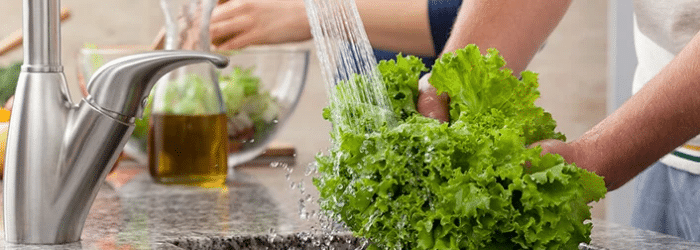
- Space: Lettuce is a small plant that doesn't require a lot of space to grow. This makes it ideal for growing in small indoor spaces like apartments or condos. With a container, windowsill, or a small hydroponic system, you can grow lettuce indoors with ease.
- Year-round growing: Lettuce is a cool-season crop that can be grown year-round indoors. This means you can have a continuous supply of fresh lettuce even during the winter and those cold months.
- Temperature: Lettuce prefers cooler temperatures and can be sensitive to heat. Indoor environments are typically cooler and more consistent in temperature than outdoor environments, especially when you apply a hydroponics system.
- Light: Lettuce doesn't require a lot of sunlight to grow. In fact, too much direct sunlight can actually harm lettuce leaves. Indoor environments can provide just the right amount of indirect light that lettuce needs to thrive.
How to Grow Lettuce Indoors [Hands-on Guide]
With all being said, are you ready to try growing lettuce indoors? To help you out, we’ve prepared a step-by-step tutorial on how to grow lettuce indoors with all crucial factors to consider.
Step 1. Pick An Indoor Spot for Your Lettuce
You don’t want to place the lettuce in a random corner of the room. The location determines how much light the vegetable receives during the lettuce growth stages. Select a bright area in your home that benefits from at least six hours of sunlight each day, ideally near a south-facing window for optimal light exposure. But don’t expose your lettuce plants to direct sunlight during the hottest days in summer, as this can cause them to burn.
Step 2. Decide How You Want to Cultivate Lettuce
In terms of growing lettuce indoors, there is a variety of ways to do it. For example, hydroponic systems vs soil cultivation, which growing method do you prefer? Furthermore, if you choose soil growing, do you want to plant the seeds in plastic pots, ceramic pots, or grow tents? Any method would work out, but make sure the container is at least 6 inches deep and has drainage holes.
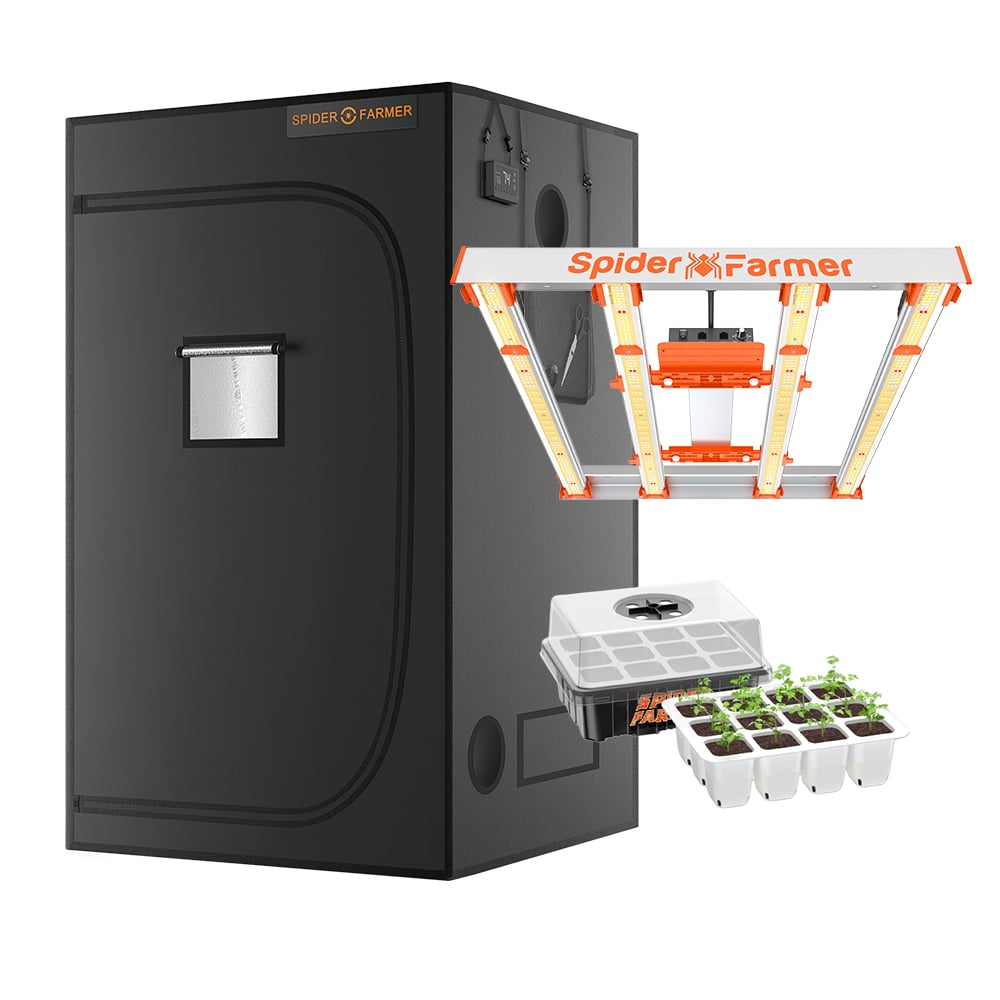
Step 3. Choose the Lettuce Seed
There are many types of lettuce in general. Commonly seen ones include looseleaf, butterhead, romaine, crisphead, etc. However, some varieties are better suited for indoor growing than others, say, leaf lettuce and butterhead lettuce are good choices because they don't require as much sunlight as other types.
Step 4. Plant Seeds in Soil & Hydroponics Growing
If you plan to grow the seeds in a soil-based container, leave about an inch of space between the top of the pot and the soil surface. Spread out the lettuce seeds evenly on top of the soil rather than clumping them together.
For growing lettuce indoors with a hydroponics system, place the container or tray in a location that receives adequate light and ensure the nutrient-rich solution in the hydroponic system is well-oxygenated.
Step 5. Provide Enough Light
How much light does lettuce need to grow indoors? Although lettuce doesn’t require a strong growth light spectrum as other indoor growing plants, it still needs at least 6 hours of sunlight per day to grow properly. If you don't have a sunny window, you can use grow lights to provide enough light for your plants.
If there’s one to recommend, Spider Farmer SF1000 is good to go as a full-spectrum LED grow light suitable for indoor growing.
Step 6. Proper Watering
For soil-grown lettuce, keep the soil sufficiently moist but not oversaturated. It's recommended to spray the seeds with water using a mist bottle instead of a watering can.
For hydroponic-cultivated lettuce, it’s suggested to apply a recirculating system or a drip irrigation system that delivers the nutrient solution directly to the roots.
Step 7. Provide Proper Ventilation
Good air circulation is important for preventing diseases and promoting healthy growth. You can use a small fan or open a nearby window to provide ventilation. When planted in a grow tent, an exclusively designed inline fan is a great help when it comes to ventilation.
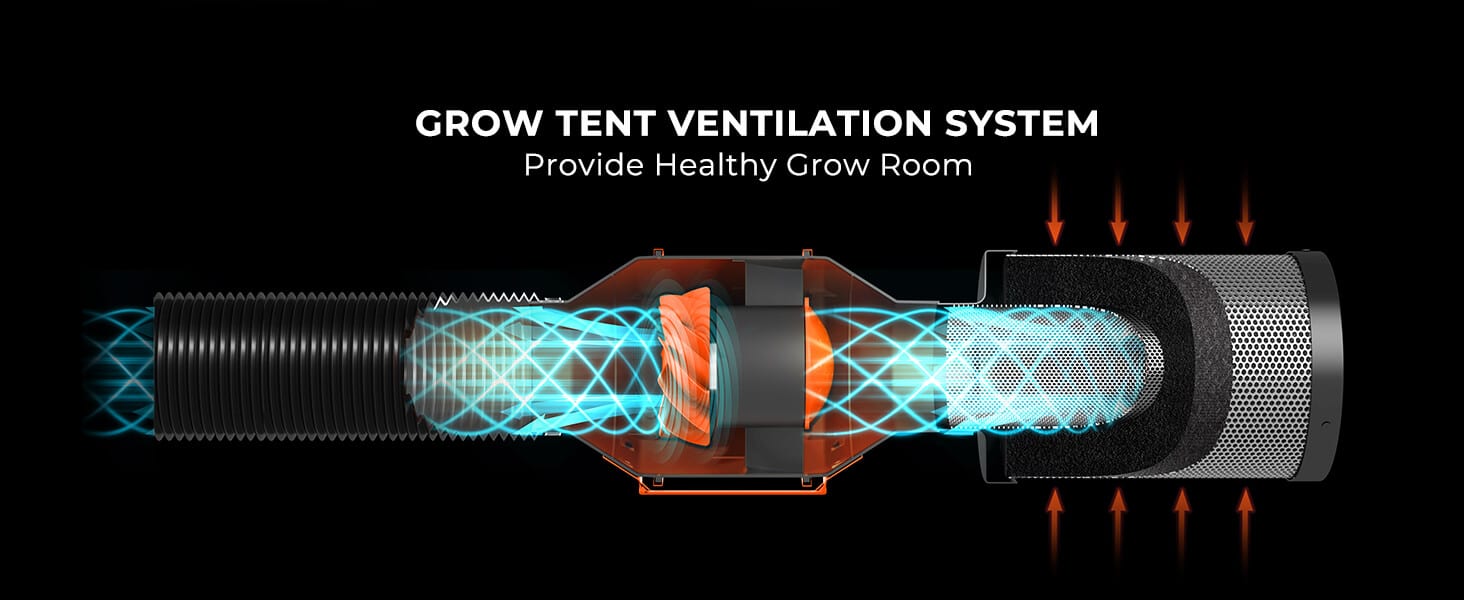
Step 8. Harvest Your Lettuce
The last step is to decide when to harvest indoor plants. After checking the size, texture, and color of the leaves, you should have a rough idea. Just make sure to leave some leaves on the plant so it can continue to grow.
Tips to Boost Indoor Lettuce Growing
You should have a general idea about how to grow lettuce indoors with the guide above. However, there’s a lot to pay attention to if you want to have maximum yields. Let’s check more tips below to better understand this vegetable.
Lettuce Growing Process
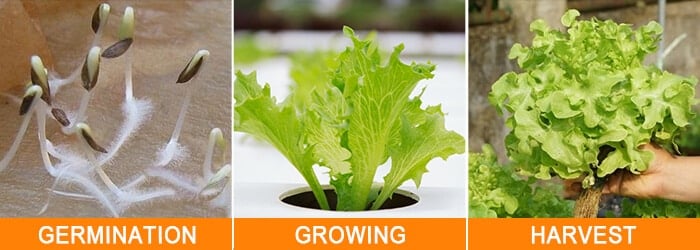
- Seed germination
For uncoated seeds (cabbage type), use warm water to soak the seeds and kill the bacteria. First, put the seeds in hot water at 45℃ 50℃ and soak them for 20 minutes. Then put the soaked seeds in a moist cotton cloth or towel to germinate, and sow the seeds when they show the white rhizome.
- Sowing (1-10 days)
Nutrient solution use: Use a lettuce nutrient solution with an EC of 1.0 for lettuce seeds, and control the EC fluctuation range from 0.5 to 1.0. The nutrient solution does not need to be increased in concentration within the EC fluctuation range.
- Growth to harvesting (10-30 days)
Nutrient solution use: The EC value of the nutrient solution should be controlled between 1.5-2.0.
Lettuce Growth Environment Control
- Light time and intensity
Light time should be maintained at least 6 hours per day after sowing. If heartburn occurs in lettuce, shorten the light duration to 8 hours, or reduce the light intensity by raising the height of the light board to relieve heartburn symptoms.
Light intensity during the seedling stage: 220-250uoml/m2/s.
Growing period light intensity: 250uoml/m2/s.
- Temperature
The ambient temperature should be maintained at 20-23℃ when the light is on. High temperatures can impact the absorption of calcium and cause the rotting of the lettuce.
The ambient temperature should be maintained at 18-20℃ with the lights off.
Nutrient solution temperature should be maintained at 18-22℃.
- Humidity
Relative humidity should be maintained at 50%-80%. You may check the following temp and humidity chart below.

Conclusion
This is the whole process of growing lettuce indoors. As long as you can grasp the cool-loving characteristics of lettuce, control the ambient temperature at 18-23°C, and let the plants get plenty of light, growing lettuce becomes easy. If you haven’t started growing vegetables indoors, starting with lettuce will be a good choice.
FAQs about Growing Lettuce Indoors
- Does lettuce grow well indoors?
Yes. Unlike other vegetables that are better located outdoors, lettuce is a perfect choice for growing indoors since it doesn’t require that much direct sunlight and warm environments. As long as you provide lettuce with enough light, good air circulation, and proper watering, you can grow lettuce well indoors.
- Is lettuce hard to grow indoors?
No, growing lettuce indoors is generally considered easy for no matter new growers or experienced ones. There are no complex growing guidelines or requirements for high-end setups.
- What is the best lettuce to grow indoors?
Loose-leaf lettuce, including Green Oak Leaf and Red Oak Leaf, is very easy to grow indoors. Baby Leaf varieties such as Red Sails, Refugio, Parris Island, etc. are also wise choices for indoor growing.
- Will lettuce regrow after cutting?
Yes, lettuce can regrow after cutting if you leave the base of the plant intact, known as cut-and-come-again harvesting. When you cut the lettuce leaves, make sure to leave about an inch of the plant above the soil. And the remaining plant will continue to grow and produce new leaves. This method works best with loose-leaf lettuce varieties, as they tend to regrow more quickly than head lettuce varieties.
Read more on How to Harvest Romaine Lettuce to Keep It Growing


